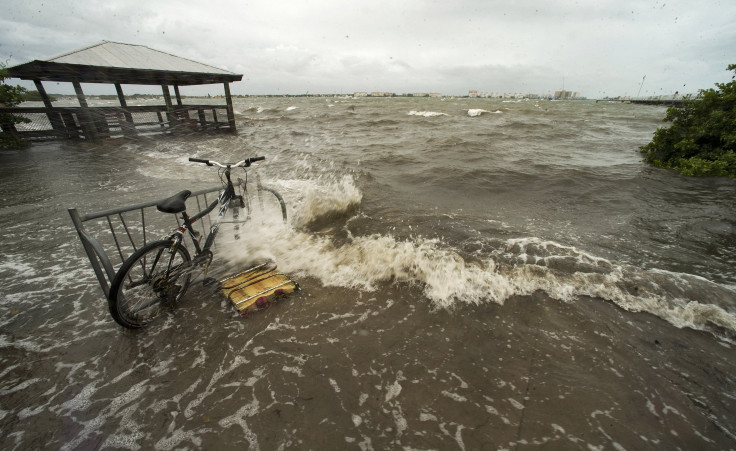Pollution Hurricanes: Use of Aerosols, Fossil Fuels Results in Fewer North Atlantic Hurricanes, Says Study

For years we've known that aerosols and fossil-fuel emissions harm the environment, but according to a new study, the higher levels of air pollution they create also provide a benefit: reducing hurricanes and tropical storms.
The study, released by UK Met Office, reports that tropical storms and hurricanes throughout the North Atlantic decreased due to the increased burning of fossil fuels. Phys.org reported that researchers found a link between the potentially deadly storms and aerosols -- which can be found in natural forms such as volcanic plumes and clouds as well as man-made forms such as coal and oil.
“Increases in anthropogenic emissions (particularly aerosols) through most of the last century is found to have reduced hurricane activity,” said Ben Booth, a co-author of the study. Researchers studied weather simulations from 1860 to 2050 and found that storms were less frequent during timeframes when aerosol use increased across the North Atlantic region. “The cooling impact of man-emitted aerosols may have had more important regional impact on climate than we previous appreciated,” he said.
The link is said to be due to aerosols' ability to reflect solar rays, thereby changing the brightness of clouds, affecting the sun’s heat and ocean temperatures, which helps cause tropical storms. “The clean-up of industrial aerosols in the last 20 years, while being beneficial for human health…, may have contributed to increases in Atlantic hurricane activity," said Booth.
The study, the first to demonstrate a link between aerosols and hurricanes in the Atlantic, was first published in the journal Nature Geoscience.
In May, the National Oceanic and Atmospheric Administration, or NOAA, announced that the Atlantic hurricane season was forecasted to be more “active” than average this year. NOAA’s Climate Prediction Center announced that there was a 70 percent chance of 20 or more severe storms hitting the region during this year's hurricane season, which started June 1.
© Copyright IBTimes 2024. All rights reserved.






















